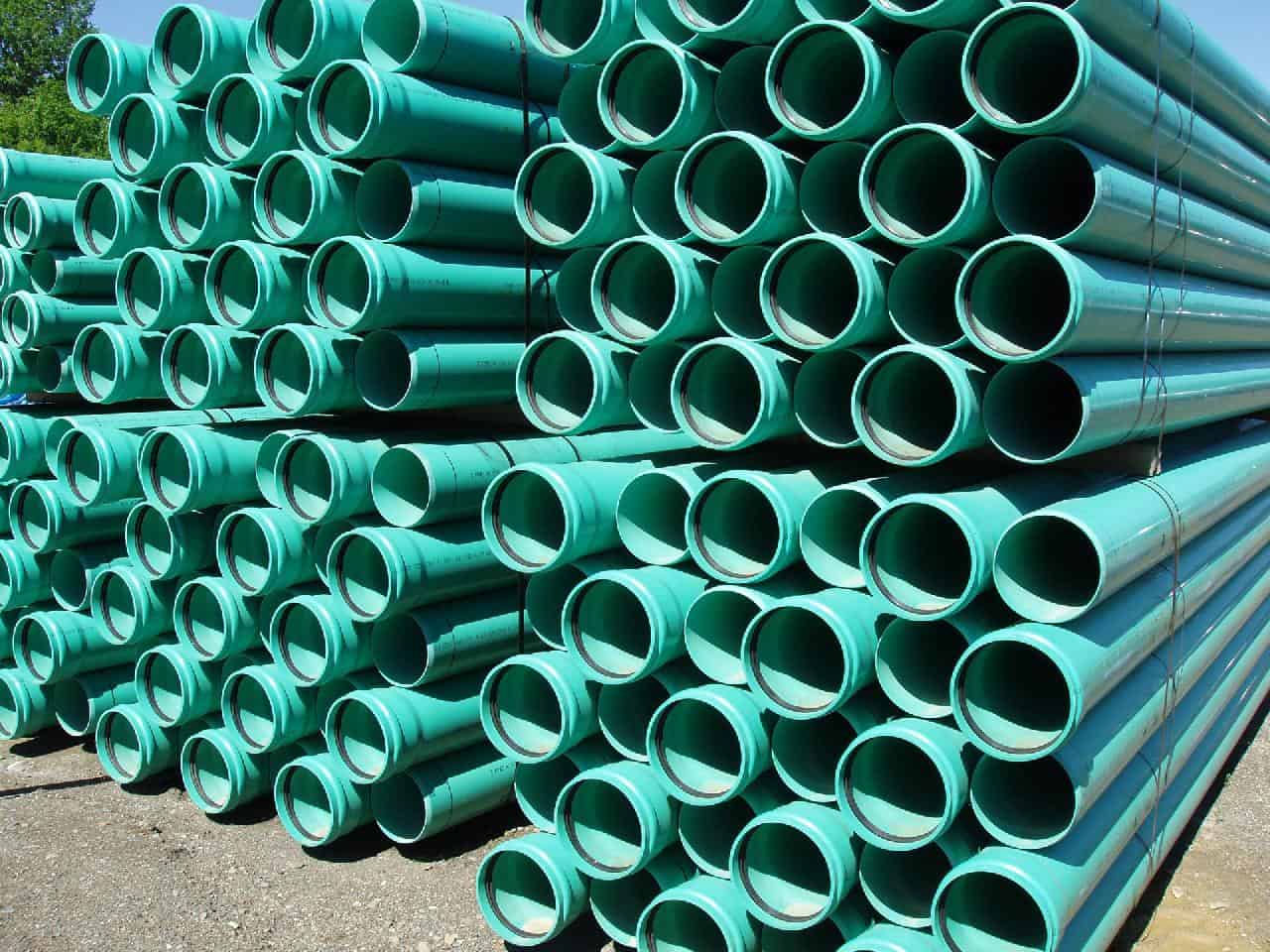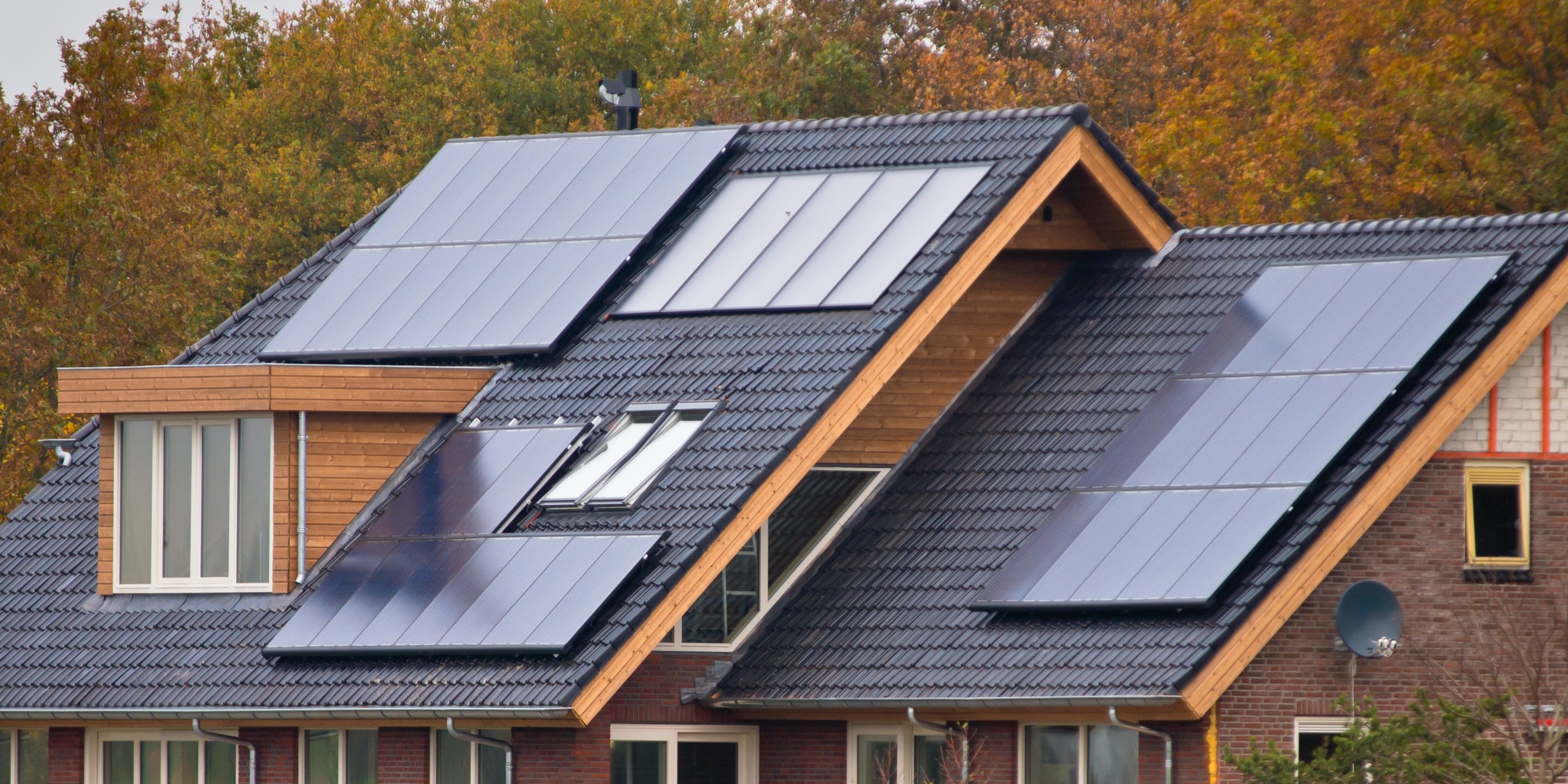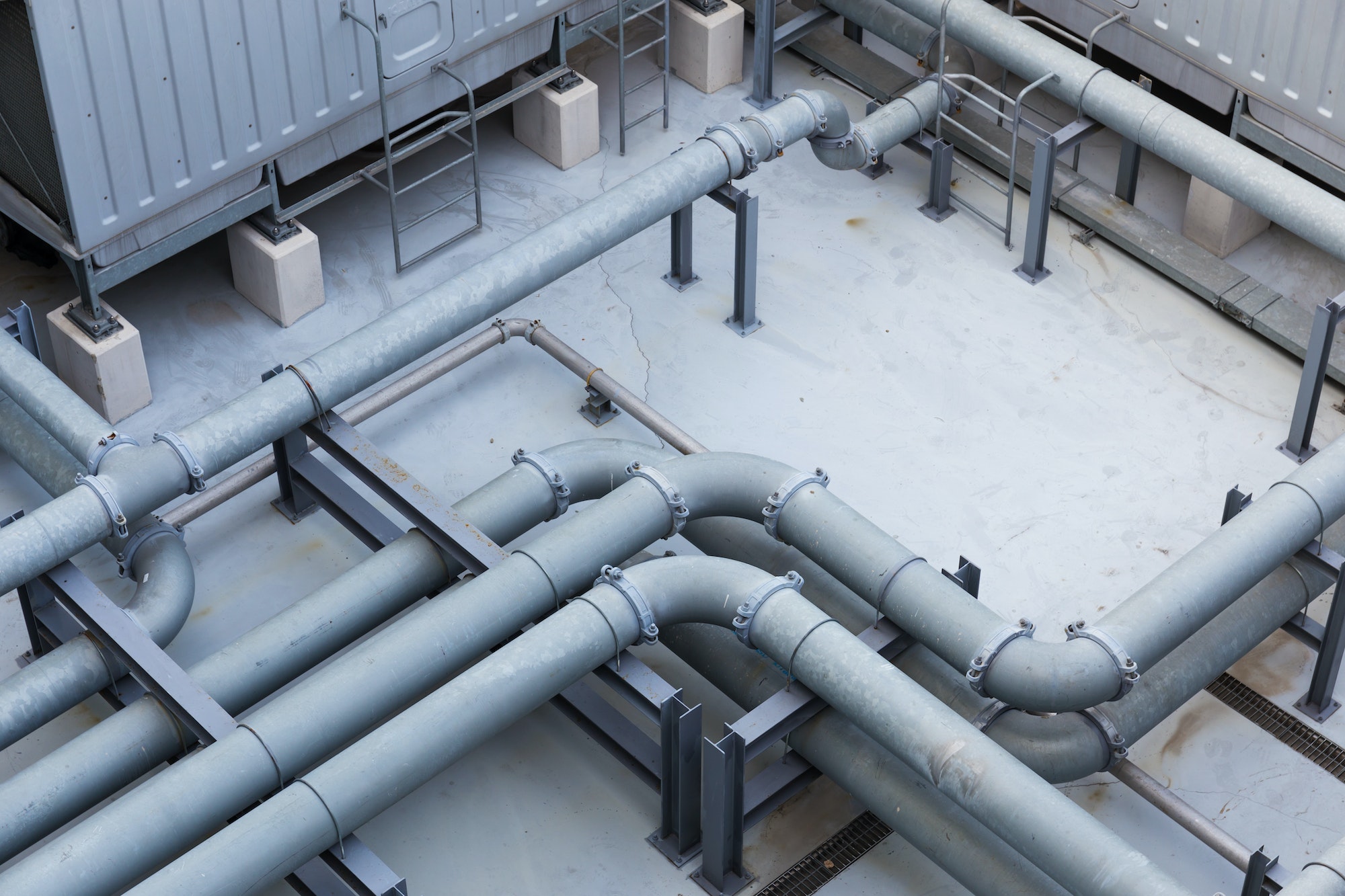If you’re working on a project and need to invest in tubing material, look no further!
When it comes to choosing a tubing material, many people have a hard time because they’re unsure of where to start. With the tubing material selection, you’ll find many types of tubes that are used for different things. Most of them can be used for things like channeling water, though some have other uses.
Some of the main types of tubing that you can find are made of carbon steel, stainless steel, and copper. With a lightweight tubing material like these, you can complete your project without worrying about how to transport something.
Keep on reading to learn more about how to choose the right tubing material!
Carbon Steel
Carbon steel is one of the most common forms of steel that manufacturers use to produce tubes. Carbon steel consists of both iron and carbon, making it stronger than most other metals. When it comes to commercial steel, carbon can provide both benefits and negative effects.
A carbon tube is hard and strong, making it durable enough to withstand most things. However, as you increase the amount of carbon within the tube, it will become brittle and harder to weld. Because of this, it’s often used to transfer things like gas, fuel, and other liquids.
The two main methods used for manufacturing carbon steel tubes are cold drawing and hot finishing. Cold drawing is when a tube is made at room temperature whereas hot finishing is when a tube is made with heat.
Here are the several types of carbon steel tubes:
- Oil and gas steel tubing: This type of tubing be created with either method, but the size will vary depending on which method was used.
- Hot finished seamless tubing: These tubes are smooth and can be used for construction, machinery, transportation, agriculture, and more.
- Single-wall carbon steel tubing: Single-wall tubes are often used in the automotive industry because they’re durable enough for fuel. Like oil and gas tubing, these tubes can get made with either method.
- Double-wall carbon steel tubing: When it comes to high pressure applications, double-wall carbon steel tubes are the best. They’re the strongest, they come in various sizes, and they have different coatings depending on what you need.
Stainless Steel
Unlike carbon steel, stainless steel can be easily identified because of its silver, shiny texture. Stainless steel is much stronger than regular steel as it takes a lot before it corrodes, rusts, or stains. While it can resist water stains, it’s still prone to stains if it’s placed in poorly circulated environments.
Stainless steel often comes in two types: 304 and 316.
304 Stainless Steel
This type of stainless steel is what most people use because it’s widely available and versatile. 304 stainless steel can is durable and resistant to most of the things that affect metal, such as oxidation and corrosion.
With 304 stainless steel, you can produce a variety of things that will last for years. It’s easy to clean and you can prevent contaminating products
316 Stainless Steel
316 stainless steel is similar to 304 stainless steel, but the main difference is that it’s highly heat-resistant. Although 304 stainless steel can resist corrosion, 316 is stronger as it can handle sea water, sulfuric acid, and brine solutions.
This type of steel is just as strong as 304 stainless steel and it’s also easy to produce.
Copper
Copper is a lightweight tubing material that often acts as a long-term or permanent solution for a plumbing problem. Because copper is usually a permanent solution, it’s best to have someone that works with it install it. This will make the installation process quicker and you’ll avoid running into any problems.
When it comes to plumbing, copper tubing is often connected by solder. You can also use a flare or compression connection depending on what you’re trying to achieve.
The two main types of copper tubing are soft copper and rigid copper. Both of them offer similar benefits, but they have different thicknesses.
Soft Copper
This is a soft tubing material that’s strong and generally used in appliances. It doesn’t take much to bend soft copper, so it will need clamps across the tube to keep in from breaking.
Soft copper often ends up hardening because of the stress from vibration, oxidation, and bending. Eventually, this will make the tube crack, but it can get fixed by re-softening it.
Rigid Copper
Rigid copper tubing is what you’ll find when you look at the plumbing in your home. This mechanical tubing material is used to channel water throughout a plumbing system, so you won’t get much out of it for other applications.
Unlike soft copper, rigid copper cannot be bent easily. This means you’ll have to make new connections with solder or fittings whenever you want to change directions. However, it’s stiffness lets you put together a configuration that won’t require many brackets.
Choose a Tubing Material Today
After reading this article, you’re now ready to choose the right tubing material to help you finish your task. When it comes to choosing from the tubing material selection, you may find yourself getting copper and stainless steel tubing. These two get used in most homes and they’re affordable.
If you’re looking for a mechanical tubing material, you can opt for carbon steel. However, you won’t find many uses for it in your home. Although you can use it in a plumbing system, copper is more affordable and provides similar benefits.
Check out our articles to learn more about a variety of home-related topics!
Discover more from Futurist Architecture
Subscribe to get the latest posts sent to your email.



